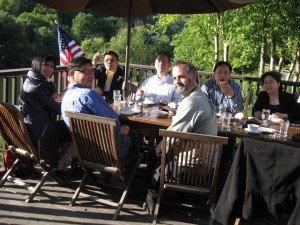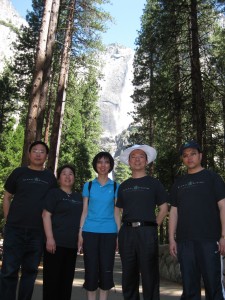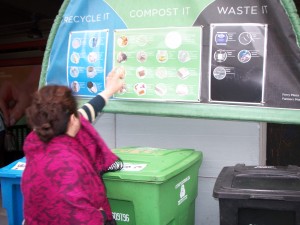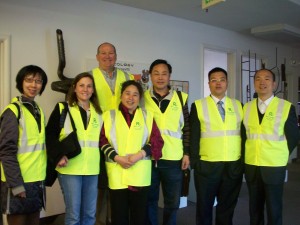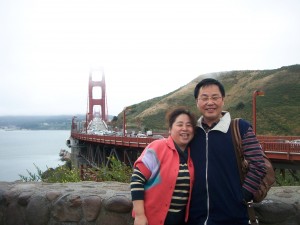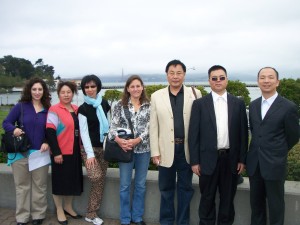Over 5,000 Americans and untold numbers of civilians have been killed in Iraq and Afghanistan since September 11, 2001. Hundreds of billions of dollars have been spent on these military operations and the long term associated costs are projected to run into the trillions.
On June 1, our national debt topped $13 trillion- nearly 90% of the United States’ GDP. The IMF projects that by 2012, our national debt will overtake it. While the bulk of this debt can be attributed to our unregulated financial system, it is clear that our military budget comprises a significant percentage of it.
The deeper we dig ourselves into this hole the more difficult it will be to get out of it as our public officials raise interest rates to compensate for our lendors’ increasing loss of confidence. Unemployment will increase and social safety nets will begin to fray as our foreign financial obligations place stress on the system. Just as the 18th century British empire expected of the thirteen colonies, foreign powers will exact political concessions in our foreign and domestic affairs in exchange for continued financial patronage.
Looking past our immediate situation, it is important to ask how we got here in order to find a way out. The short answer is that we have chosen dependence on a system we no longer have control of. Just as we’ve become dependent on a financial empire that our elected representatives decided was too big to fail, we have allowed these same officials to cede our power to an empire of oil.
Our insatiable, unthinking consumption has over the last century spurred the industry’s expansion into markets around the world in collaboration with U.S. government officials and foreign elites, many of whom are fundamentally opposed to such ideas as life, liberty and the pursuit of happiness and no taxation without representation. These negotiations have sown the seeds of political strife, instability and transnational terrorism as the United States has become increasingly complicit in the human rights violations of autocratic governments.
To continue along the path of dependency on these regimes is to invite continued conflict and the ever-expanding national security state that inevitably comes with it. Viewed from this perspective, we see that there is a clear link between our national security, our civil liberties and our energy policy.
Today the United States is dependent on foreign sources to meet more than 55% of its total oil demand because of decades of expedient but short-sighted policy decisions. It is clear that we must build support across the political spectrum for a change of course.
Whether one believes that government should have an active role in the economy or that its role is simply to safeguard our nation from threats to our security, its support for domestic renewable energy is vital. This support could come in the form of subsidy cuts to an oil industry that long ago reached maturity and internalization of environmental costs it has long externalized. Though the American public might be led to believe otherwise, an industry that vastly outspends its renewable competitors in lobbying can surely afford to operate without such government support.
One could argue further that government should have a limited role in actively supporting nascent industries critical to our nation’s security. Alexander Hamilton went so far as to argue that government support for manufactures was a matter of national security in that it would reduce America’s dependency on the British empire, which like all empires attached political and economic strings to its support. Dependence on the prevailing market forces of the time would have left the United States militarily vulnerable- a primary exporter of agricultural products with no industrial base with which to produce armaments to fend off the foreign powers of the day.
Today we find ourselves dependent on an unstable global energy market for the transport of our most basic and vital commodities, including the food that sustains our cities. It is slowly but surely becoming clear to more and more Americans that our military is engaged around the world in support of an irresponsible energy security policy that has cost many lives to sustain and that we can do better if we build the political will.
The 4th of July is a day to remember that despite the places in history where we have fallen short as a nation, the ideals on which our country was founded endure. It is our responsibility as citizens to understand our past and safeguard our future by challenging what we take for granted about the way we live. By declaring our independence from oil we prepare ourselves for the difficult but necessary policy battles that will shape our future as a proud, free and principled nation.
T.J. Buonomo is a Chevron Program Associate with Global Exchange and founder and editor of Citizens for a Sovereign and Democratic Iraq. He is a graduate of the U.S. Air Force Academy and former Military Intelligence Officer, U.S. Army.
For Further Reading:
Bacevich, Andrew. The New American Militarism: How Americans Are Seduced By War. Oxford University Press; 2005.
“China Cuts Holdings of U.S. Treasuries.” Associated Press; 16 February 2010.
EIA’s Energy in Brief: How Dependent Are We on Foreign Oil? Accessed
28 June 2010: http://www.eia.doe.gov/energy_in_brief/foreign_oil_dependence.cfm
Hamilton, Alexander. Alexander Hamilton: Writings. Library of America, 2001.
Juhasz, Antonia. The Tyranny of Oil: The World’s Most Powerful Industry- And What We Must Do To Stop It. New York: HarperCollins Publishers, 2008.
Kinzer, Stephen. All the Shah’s Men: An American Coup and the Roots of Middle East Terror. Hoboken: John Wiley & Sons, Inc., 2008.
Klare, Michael T. Blood and Oil. New York: Metropolitan Books, 2004.
Kleveman, Lutz. The New Great Game: Blood and Oil in Central Asia. Grove Press; 2004.
Knoller, Mark. “National Debt Tops $13 Trillion For First Time.” CBS News, 2 June 2010.
Lawrence, Bruce. Messages to the World: The Statements of Osama bin Laden. Verso, 2005.
Mulrine, Anna. “Will Cost of Afghanistan War Become a 2010 Campaign Issue?” U.S. News & World Report; 11 June 2010.
Reynolds, Garfield & Goodman, Wes. “U.S.’s $13 Trillion Debt Poised to Overtake GDP.” Bloomberg; 4 June 2010.
Sampson, Anthony. The Seven Sisters: The Great Oil Companies & the World They Shaped. New York: The Viking Press, Inc., 1975.
Shwadran, Benjamin. The Middle East, Oil and the Great Powers. New York: Halstead Press, 1973.
Stocking, George W. Middle East Oil: A Study in Political and Economic Controversy. Vanderbilt University Press, 1970.
Tiron, Roxana. “U.S. Spending $3.6 Billion a Month in Afghanistan According to CRS Report.” The Hill; 14 October 2009.
Weiner, Tim. Legacy of Ashes: The History of the CIA. Anchor Books, 2008.

